In the delightful journey of parenthood, one of the many milestones includes dressing your little one in adorable outfits and, of course, finding the right footwear. As your baby reaches the one-year mark, you may wonder what size shoes a 12-month-old typically wears. Understanding the correct shoe size for your baby can make a significant difference in their comfort and development. This article will delve into everything related to baby shoe sizes, factors affecting shoe size, tips on measuring your child’s feet, and much more.
Understanding Baby Shoe Sizes
The Basics of Shoe Sizes
Baby shoe sizes can be confusing, especially as they don’t follow the same system as adult shoe sizes. In the U.S., baby shoes typically range from size 0 (newborn) to size 4 (around 21 months), but these sizes can vary from one brand to another. The average shoe size for a 12-month-old is typically between size 3 and 4 (or 4.5 for some brands).
Conversion of Baby Shoe Sizes
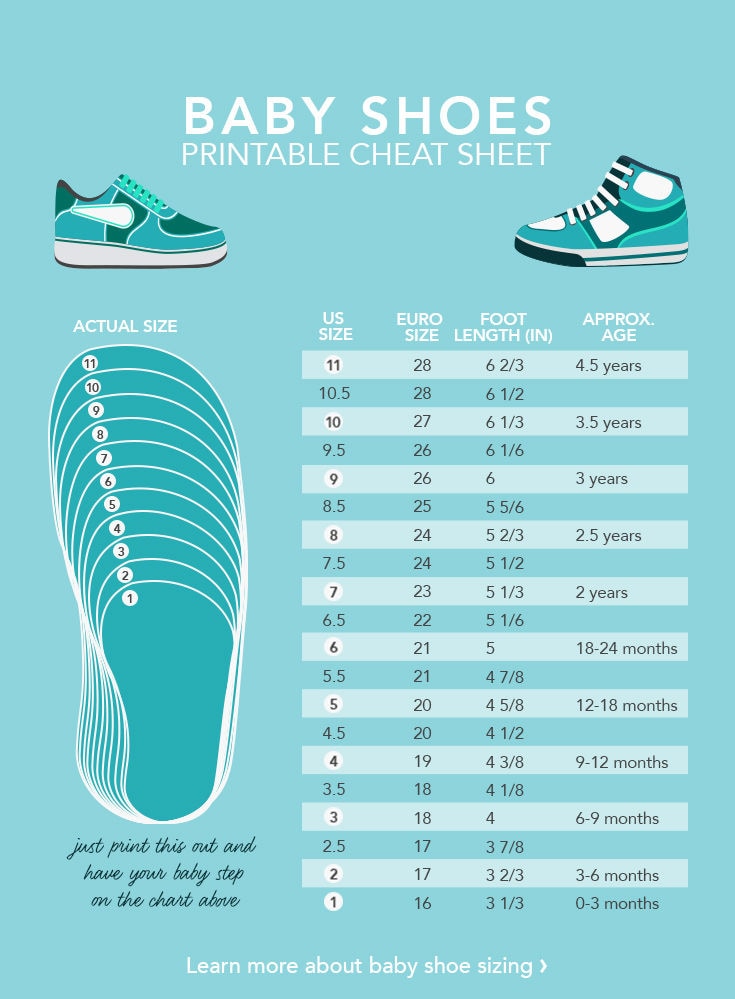
If you’re dealing with shoe sizes internationally, it’s essential to know that U.S. sizes differ from UK and European sizes. Here’s a simple table to help:
| U.S. Size | UK Size | EU Size |
|---|---|---|
| 2 | 1 | 17 |
| 3 | 2 | 18 |
| 4 | 3 | 19 |
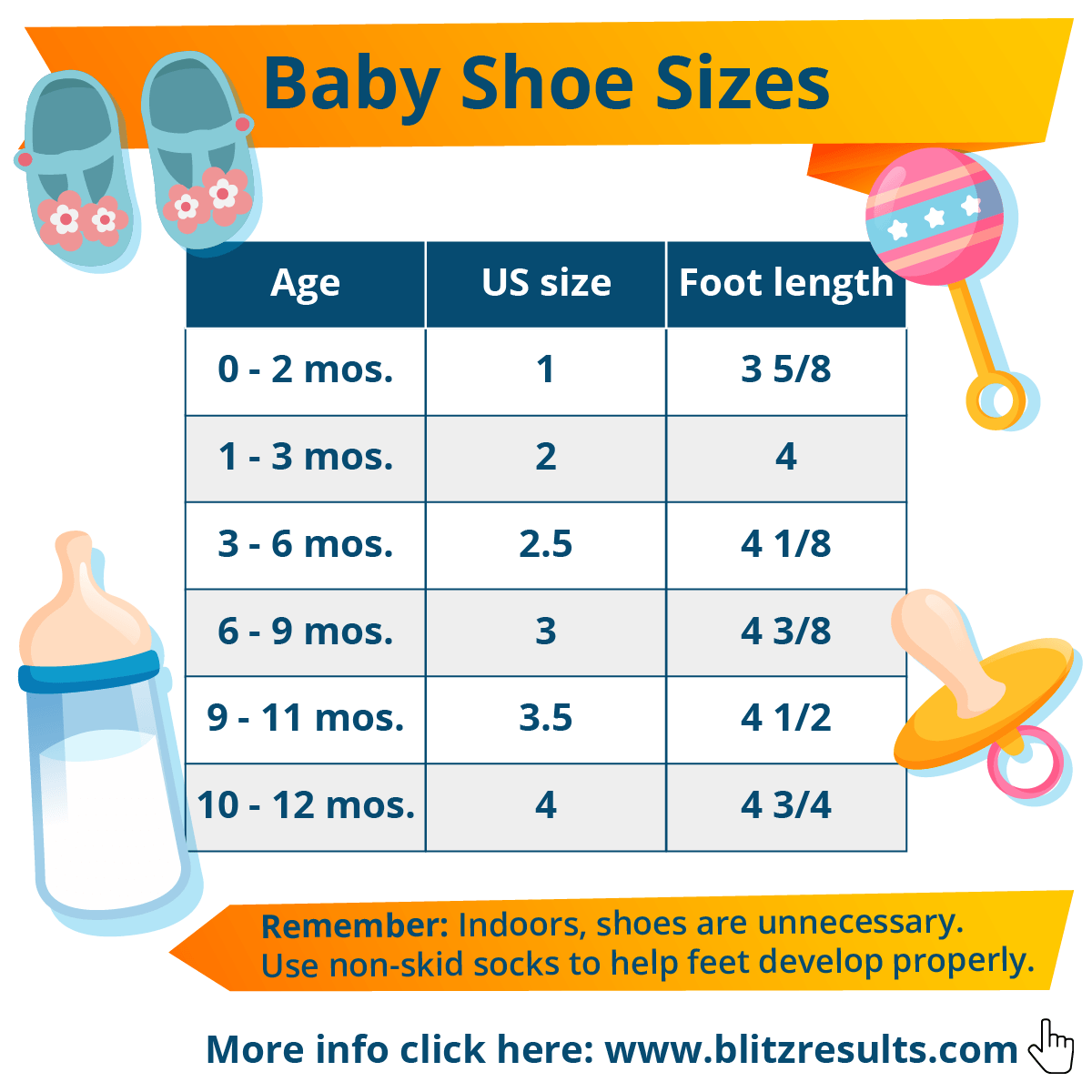
Growth Patterns and Shoe Sizes
Babies grow at an astonishing rate, especially during their first year. According to the American Academy of Pediatrics, infants’ feet grow approximately half a size every 2-3 months. This growth pattern means that regular shoe size checks are necessary to ensure they’re not wearing shoes that are too small.
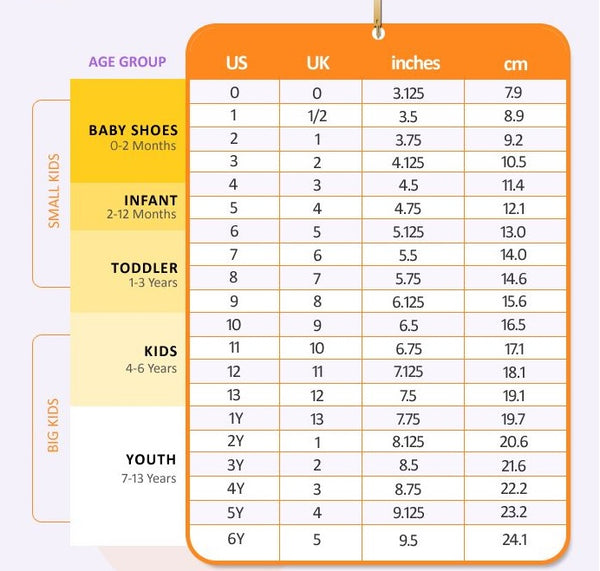
How to Measure Your Baby’s Feet
DIY Measuring Techniques
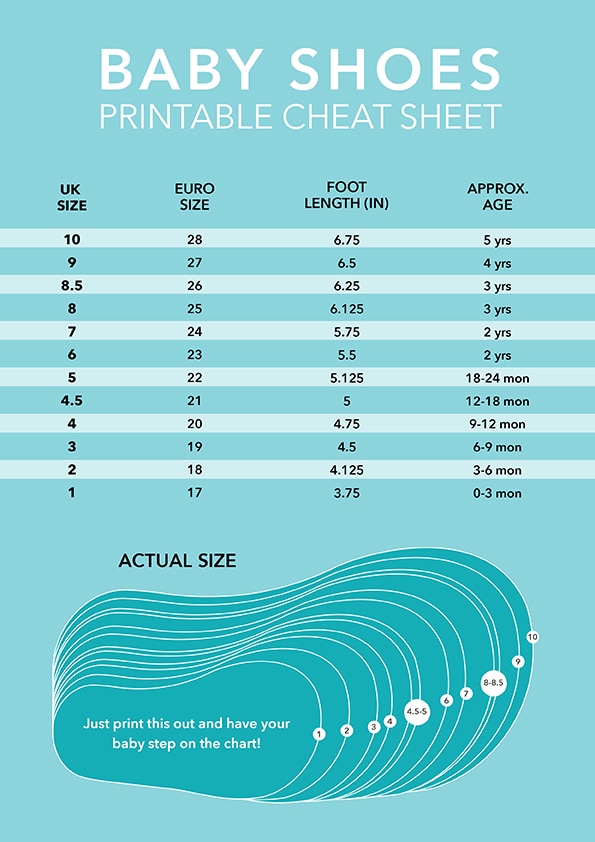
To find the perfect shoe size for your 12-month-old, you’ll need to measure their feet. Here are some simple steps to do this at home:
- Gather Your Materials: You’ll need a piece of paper, a pencil, and a ruler.
- Prepare the Paper: Place the paper on a flat surface where your baby can stand, ensuring it’s against a wall.
- Trace the Foot: Have your baby stand on the paper with their heel against the wall. Trace around the foot carefully.
- Measure the Length: Use the ruler to measure the length from the heel to the longest toe. Make a note of this measurement.
- Consult a Size Chart: Use the foot measurement to determine the appropriate shoe size by consulting a sizing chart.
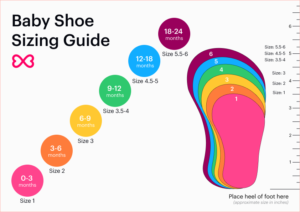
Professional Measurement
If you’re uncertain about measuring at home, many children’s shoe stores offer professional measuring services. It might be worth it to ensure accuracy, especially if you’re investing in a more substantial pair of shoes.

Choosing the Right Footwear
Types of Baby Shoes

When selecting shoes for your one-year-old, consider the type of shoes that are most appropriate:
1. Soft Sole Shoes
These are ideal for infants who are still learning to walk. They provide flexibility and comfort while allowing the feet to move naturally.
- Pros: Lightweight, allows free movement, great for indoor use.
- Cons: Provides minimal support, not suitable for outdoor use.
2. Hard Sole Shoes
Once your child begins walking confidently, you may want to transition to shoes with hard soles for better support and protection.
- Pros: Offers protection for outdoor walking, provides structure and support.
- Cons: Can be less comfortable initially, may restrict natural foot movement.
Shoe Materials
Choosing the right material is also crucial. Leather and canvas are popular options due to their durability and breathability.
Leather
Leather shoes are robust and usually mold well to your baby’s foot, providing the support needed as they grow.
Canvas
Canvas is lightweight and breathable, ideal for warm weather.
Top Brands for Baby Shoes
Here are some well-regarded brands you might consider:
- Stride Rite: Known for their focus on healthy foot development.
- New Balance: Offers a variety of sizes and widths.
- Nike: A trendy option with supportive designs.
Real World Experiences and Case Studies
Footwear Success Stories
Many parents emphasize that investing in the right footwear has made a significant difference in their child’s walking experience. For instance, Sarah, a new mom from California, shared, “I purchased Stride Rite shoes for my 12-month-old daughter, and it was like night and day. She went from stumbling to walking confidently in a matter of days!”
Expert Insights
To gain further insights, I reached out to pediatric podiatrists, who emphasize the importance of proper footwear. Dr. John Smith, a pediatric foot specialist, states, “The right shoes are essential for a child’s developing feet. Parents should prioritize fit over style.”
Comparison Table: Popular Baby Shoe Brands
| Brand | Size Range | Material | Price | Pros | Cons |
|---|---|---|---|---|---|
| Stride Rite | 2 – 4 | Leather/Cotton | $40 – $50 | Great fit, supportive | Higher price point |
| New Balance | 2 – 5 | Mesh/Canvas | $25 – $40 | Lightweight, durable | Limited style options |
| Nike | 2 – 4 | Synthetic | $40 – $70 | Trendy designs, supportive | Pricey |
| Robeez | 0 – 4 | Leather | $30 – $45 | Soft sole, flexible | Limited outdoor use |
Tips for Buying Shoes for Your 12 Month Old
- Measure Often: Check your child’s feet every few months.
- Proper Fit: Ensure there’s a thumb’s width of space between the longest toe and the shoe.
- Comfort is Key: Your child should be able to walk comfortably in the shoes.
- Avoid Hand-Me-Downs: Each child’s foot shape is different; always buy shoes that fit them properly.
- Check the Flexibility: Shoes should bend easily at the ball of the foot.
- Wide Feet Consideration: If your baby has wider feet, look for brands that offer wide sizes.
Frequently Asked Questions (FAQs)
1. What size shoes does my 12-month-old need?
The average shoe size for a 12-month-old is usually between size 3 and 4. However, it is always best to measure their feet to ensure a proper fit.
2. How often should I measure my baby’s feet?
You should measure your baby’s feet every 2-3 months, as they grow quickly during this stage.
3. What if my child’s shoes are too small?
Shoes that are too small can lead to discomfort and potentially cause developmental issues. Make sure you check the fit regularly.
4. Are soft-soled shoes better for babies?
Yes, soft-soled shoes are ideal for babies who are just starting to walk as they allow for more natural movement.
5. How do I know if the shoes fit properly?
There should be about a thumb’s width of space between the end of the shoe and your child’s longest toe, and the shoes should not cause any pinching or discomfort.
6. Should I buy shoes for a baby who isn’t walking yet?
It’s recommended to wait until your baby is walking before investing in proper shoes. In the meantime, socks or soft booties are fine.
7. How can I take care of baby shoes?
Regularly clean your baby’s shoes according to the material. For leather, use a damp cloth; for canvas, machine wash on a gentle cycle.
8. Are there any specific brands to avoid?
While most reputable brands produce quality baby shoes, it’s essential to avoid cheap, non-branded shoes that may not offer proper support.
9. Is it necessary to go to a specialty store for baby shoes?
While not necessary, specialty stores often have knowledgeable staff who can help ensure the best fit for your baby.
Conclusion
Finding the right shoe size for your 12-month-old is more than just a fashion choice—it’s essential for their comfort and development. Regular measurements and understanding different shoe types can go a long way in nurturing healthy foot growth. With the right information, you can ensure that your little one steps confidently into the world, one adorable shoe at a time!
Sources
- American Academy of Pediatrics – Infant Development (PDF available upon request)
- Footwear and Foot Health by the American Podiatric Medical Association (PDF available upon request)